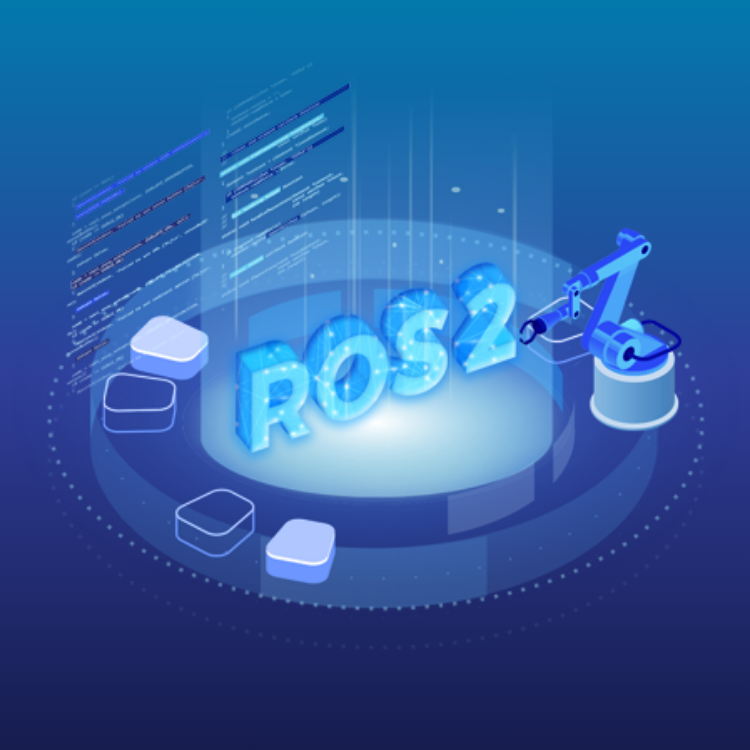URDF for Robot Modeling in ROS2 Course - Python
Understanding robot modeling using URDF in ROS2

Course Summary
As human beings, we learn from a very young age about our body’s structure: which bones and muscles are part of it, how they are connected between them, how we can move each articulation, etc.
For a robot, though, how can we know all this information? Well, this is exactly what URDF files are going to tell us. URDF files define the structure of a robot, the connection between all the different parts, etc.
In this course, you will understand how URDF files work, and how to create them for any robot.
What you will learn
- How to build a visual robot model with URDF
- How to add physical properties to a URDF Model (Collision, Frictions…)
- How to use XACRO to clean up URDF files.
- How to use URDF in Gazebo-ROS ecosystem.
- How to use URDF-XACRO in ROS2 systems
Course Overview
Teachers
Miguel Angel Rodriguez
Crashing engineering problems. Building solutions.

Robots used
box_bot robot

nanosaur robot

teslabot robot

Learning Path
Get started with ROS2
